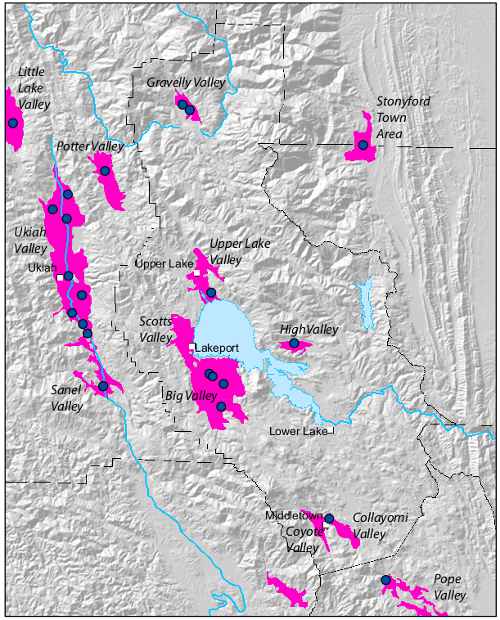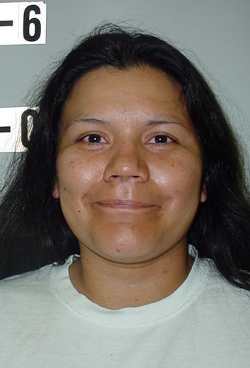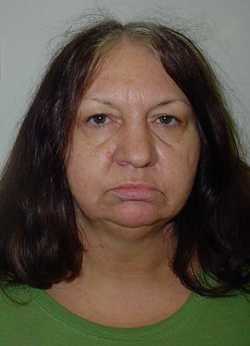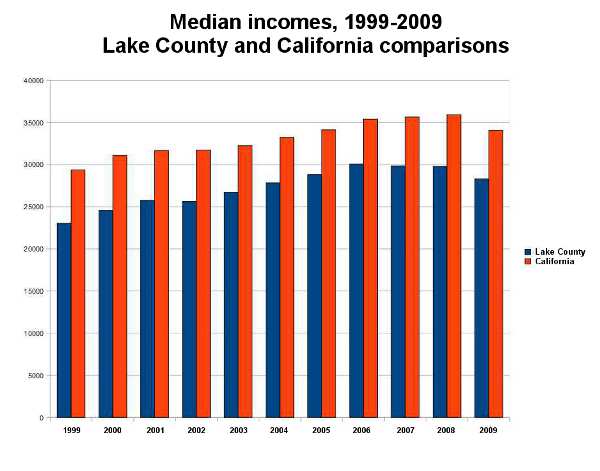
A California Department of Water Resources map of water basins around Lake County, with some water basins in neighboring counties also shown.
LAKE COUNTY, Calif. – The US Geological Survey is conducting a study that's assessing the quality of water in the state's many aquifers, including groundwater basins around Lake County.
The study is part of the US Geological Survey's National Water Quality Assessment (NAWQA) program and the State Water Resources Control Board’s Groundwater Ambient Monitoring and Assessment Program, officials reported.
NAWQA tracks the status and trends in the quality of freshwater streams and aquifers to provide a sound understanding of the natural and human factors that affect the quality of these resources, according to a US Geological Survey statement.
The study says 40 percent of the state's drinking water comes from groundwater.
Despite the availability of water from Clear Lake – which must be purchased through Yolo County Flood Control and Water Conservation District – wells are a major sources of water in the county. The US Environmental Protection Agency reports that of the 52 water districts in the county, 31 use groundwater as their source.
Miranda Fram, a US Geological Survey research chemist, said the study is assessing the water quality of aquifers that are used for public water supply.
“We've been going around the state sampling groundwater in groundwater basins,” she said.
The US Geological Survey reported that the sampling of untreated groundwater in more than 2,000 California wells began in 2004, and will continue through this year. Local water agencies and well owners are cooperating voluntarily with the study.
Fram said there are 35 study units around California, with the Northern Coast Ranges study unit the 30th to be sampled.
The US Geological Survey said the Northern Coast Ranges study unit includes California Department of Water Resources-defined groundwater basins in Mendocino, Lake, Napa, Colusa, Glenn, Del Norte, Trinity and Humboldt counties.
The unit includes 58 wells and cells – 29 California Department of Public Health wells, 23 domestic or irrigation wells, five miscellaneous wells and one spring.
Fram said scientists analyzed the groundwater for numerous materials, including pesticides, solvents, gasoline nutrients, radioactivity and microbial indicators such as coliforms.
She said they analyzed those materials at very low concentrations, lower than typically is done for regulatory sampling.
“One of the interesting things about this study unit is the detection frequencies were pretty low compared to many of the other places we've looked at in the state,” Fram said.
Fram said there were a few pesticide detections in the study unit, but they were at low levels of commonly used pesticides.
Those findings were in the inland basin areas of the unit, around Clearlake and Ukiah, with no detections in coast basins, Fram said.
Findings of volatile organic compounds – like chloroform, MTBE and some common solvents – were scattered, and were detected in 10 percent of the 58 wells sampled in the Northern Coast Ranges unit, according to the study. Chloroform was detected most frequently.
Fram said all of those compounds were found at “really, really low concentrations.”
Maps of the area showed that gasoline additives and trihalomethanes – the latter reportedly used as refrigerants and solvents, and believed to be cancer-causing – were found in some Lake County wells.
She said they also looked at naturally occurring inorganic constituents, like nitrates and arsenic. Fram said they didn't find any high nitrate concentrations, such as they found in other more heavily used basins along the California coast.
Some inland basin wells have arsenic and boron, but the detections were few, Fram said.
Detections of pesticides occurred in agricultural areas but only 18 percent of the time in the study unit. Only a few Lake County wells appeared to have tested positive for the materials, according to a map of study results.
Detections of perchlorate – a contaminant that can be both natural and manmade – also weren't very frequent, and only one Lake County well appeared to have them, the study showed. Barium, arsenic and boron were found in some Lake County wells.
There were “no detections at all” when it came to mercury, Fram said. “Mercury is not something that we see commonly in groundwater anywhere, in any of the places that we've looked at” so they weren't expecting to see it, she added.
One material commonly found in the coastal and interior basins is manganese, which Fram said is found in levels high enough to stain materials but not high enough to cause health issues.
She said the mineral may cause some people to notice a sulfurous smell. Low oxygen levels allow manganese to be present, Fram explained.
Mark Dellinger, administrator of Lake County Special Districts, said a US Geological Survey staffer took samples in July 2009 from a well in Big Valley that is one of five that supply the Kelseyville water system.
He said the district made special arrangements for her so the well could be a flowed in a certain way to allow her to take the kinds of samples she needed.
The full report on the study is expected to be available this spring. The scientists involved with gathering the data have been traveling around the state to discuss their initial findings, the US Geological Survey reported.
The Northern Coast Ranges unit preliminary findings were presented at a Jan. 27 meeting in Eureka, as Lake County News has reported.
“It went really well,” Fram said of the gathering. “It was a small crowd but a very interested crowd.”
The more comprehensive report that's scheduled to come out, complete with tabulated data, will look more at water quality issues in an effort to understand why the water quality is the way it is, Fram said.
One of the neat things about the program is the use of environmental “tracers,” Fram said. Those include stable isotopes and certain elements used to help date the age of the water to show when a well was recharged.
“Age dating has been around for a while, but it's unusual to have age dating on so many samples,” she explained.
Dellinger said that tracer information is of particular interest to him. Being able to know the recharge cycle of an aquifer, he said, is very important in relation to the resource's sustainability.
The project's next phase is to look at the data to see when the water is recharged. That report will take a few more years to be completed, said Fram.
E-mail Elizabeth Larson at This email address is being protected from spambots. You need JavaScript enabled to view it. . Follow Lake County News on Twitter at http://twitter.com/LakeCoNews , on Facebook at http://www.facebook.com/pages/Lake-County-News/143156775604?ref=mf and on YouTube at http://www.youtube.com/user/LakeCoNews .


 How to resolve AdBlock issue?
How to resolve AdBlock issue? 








